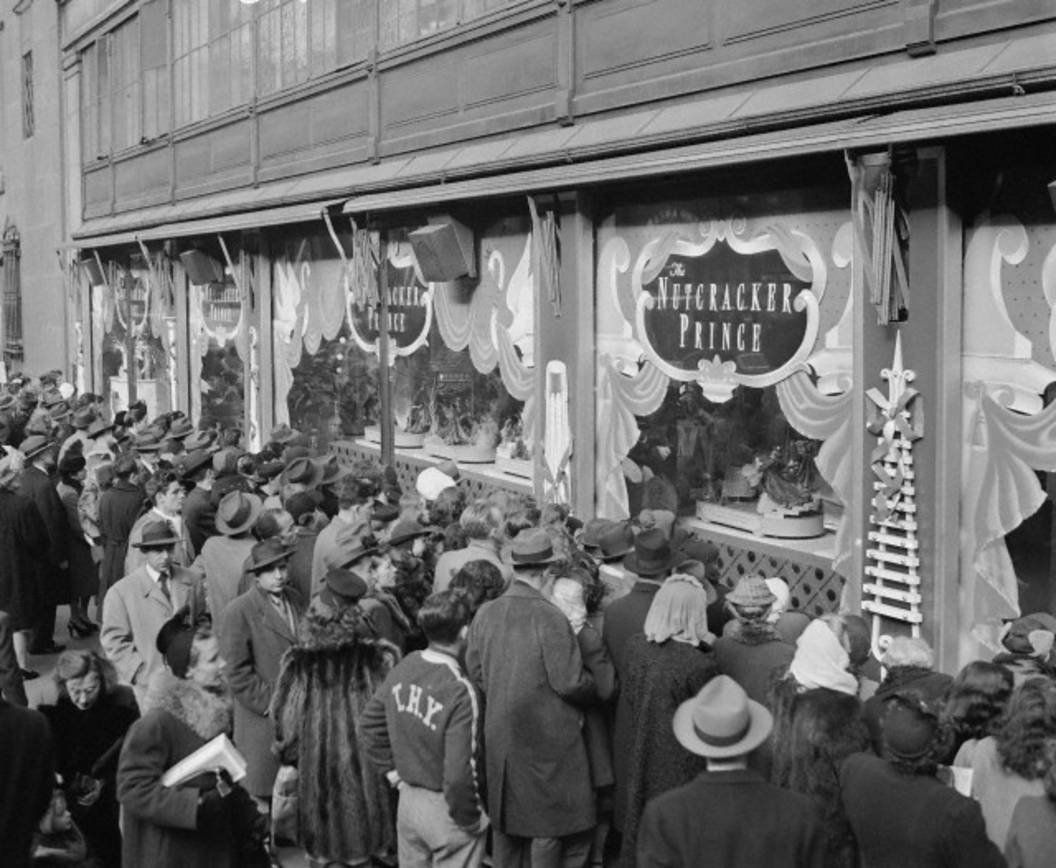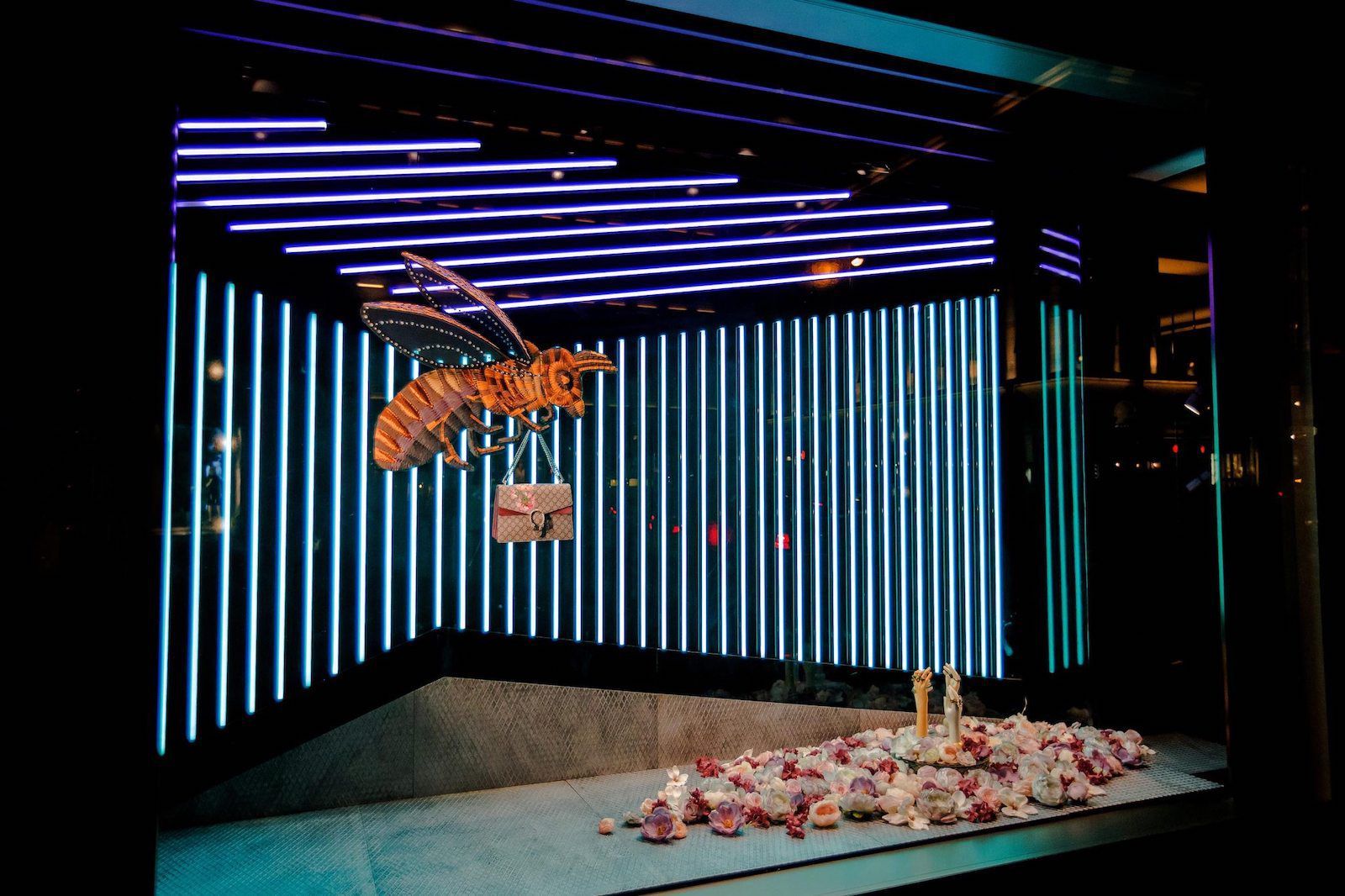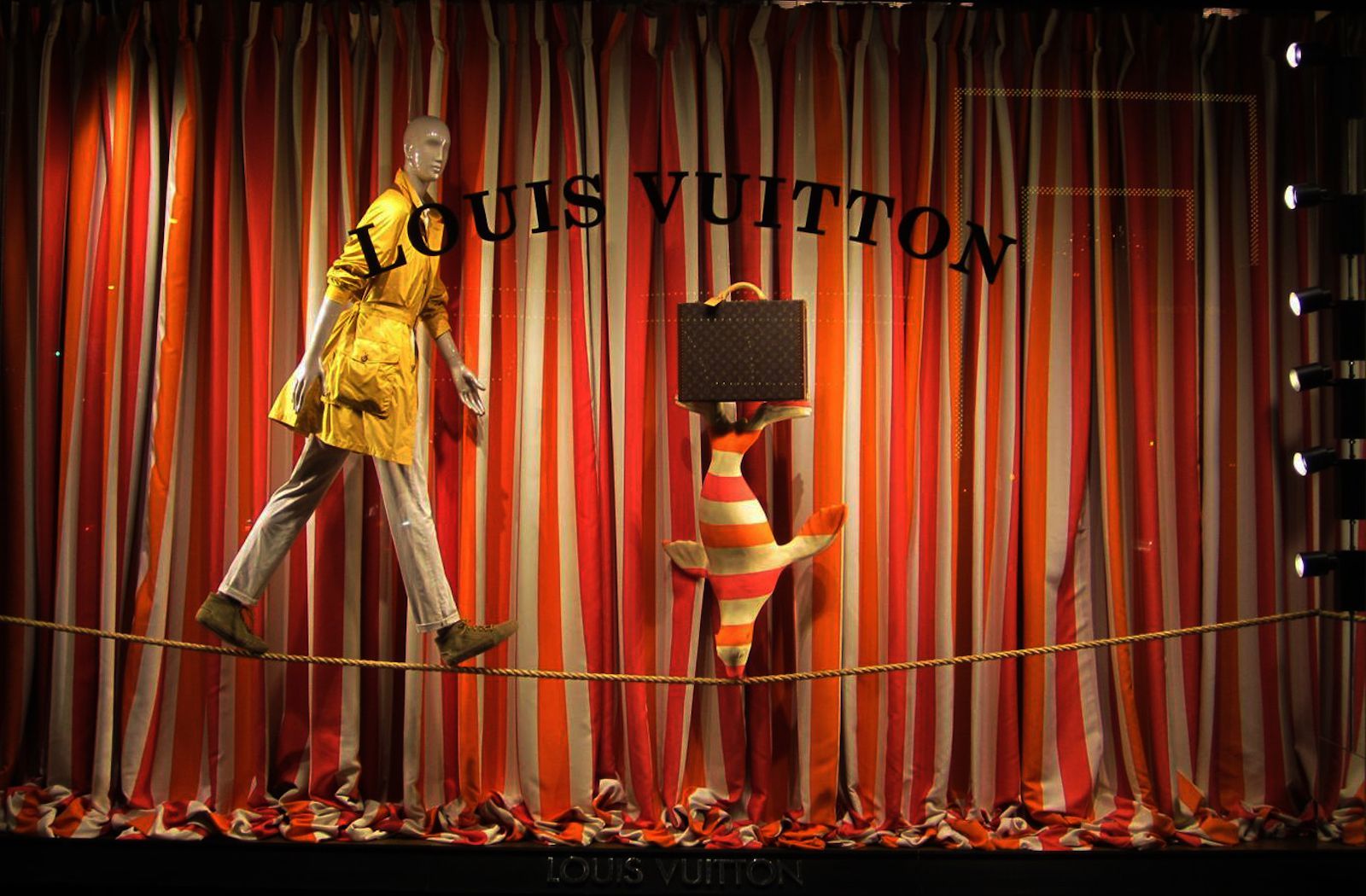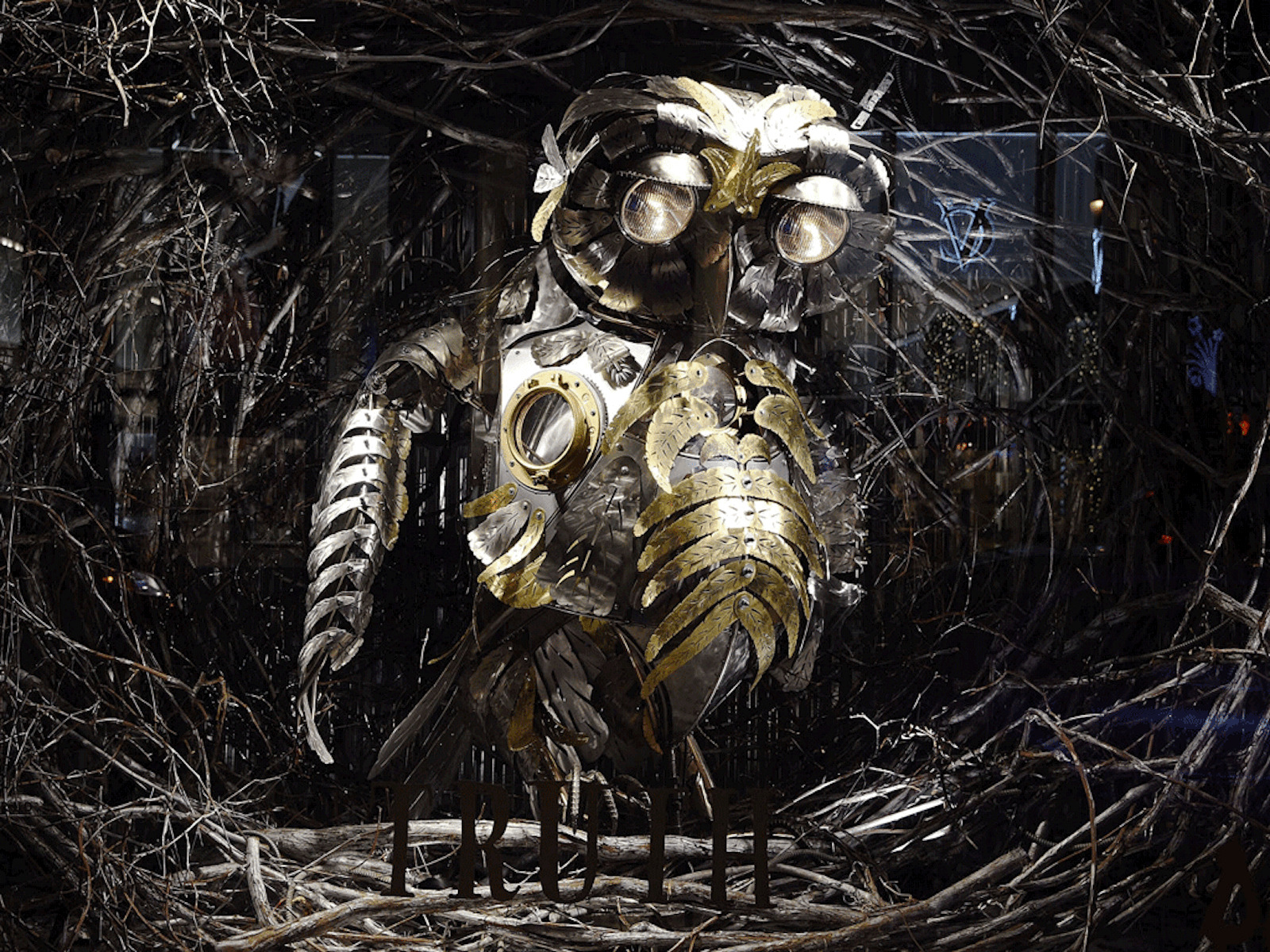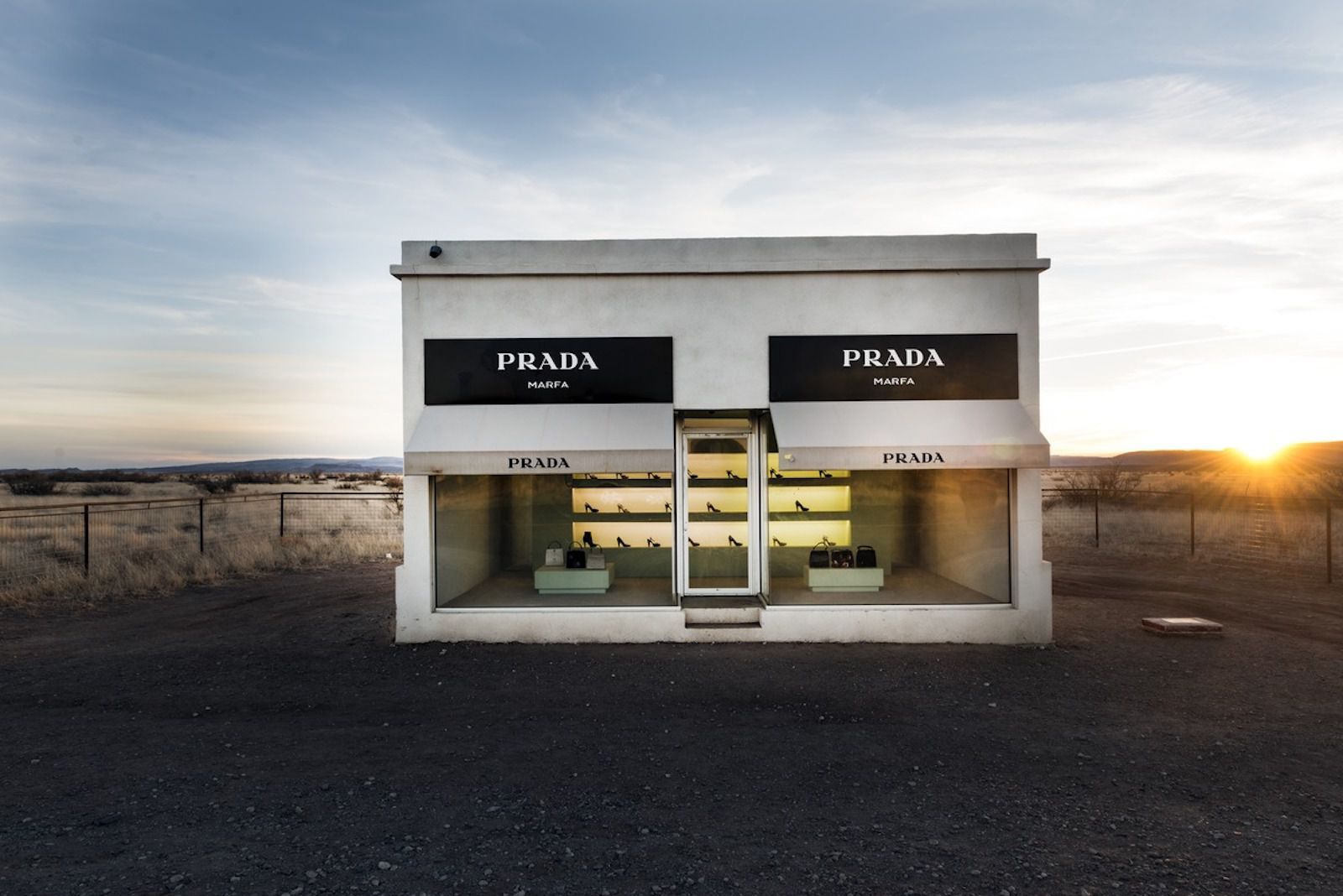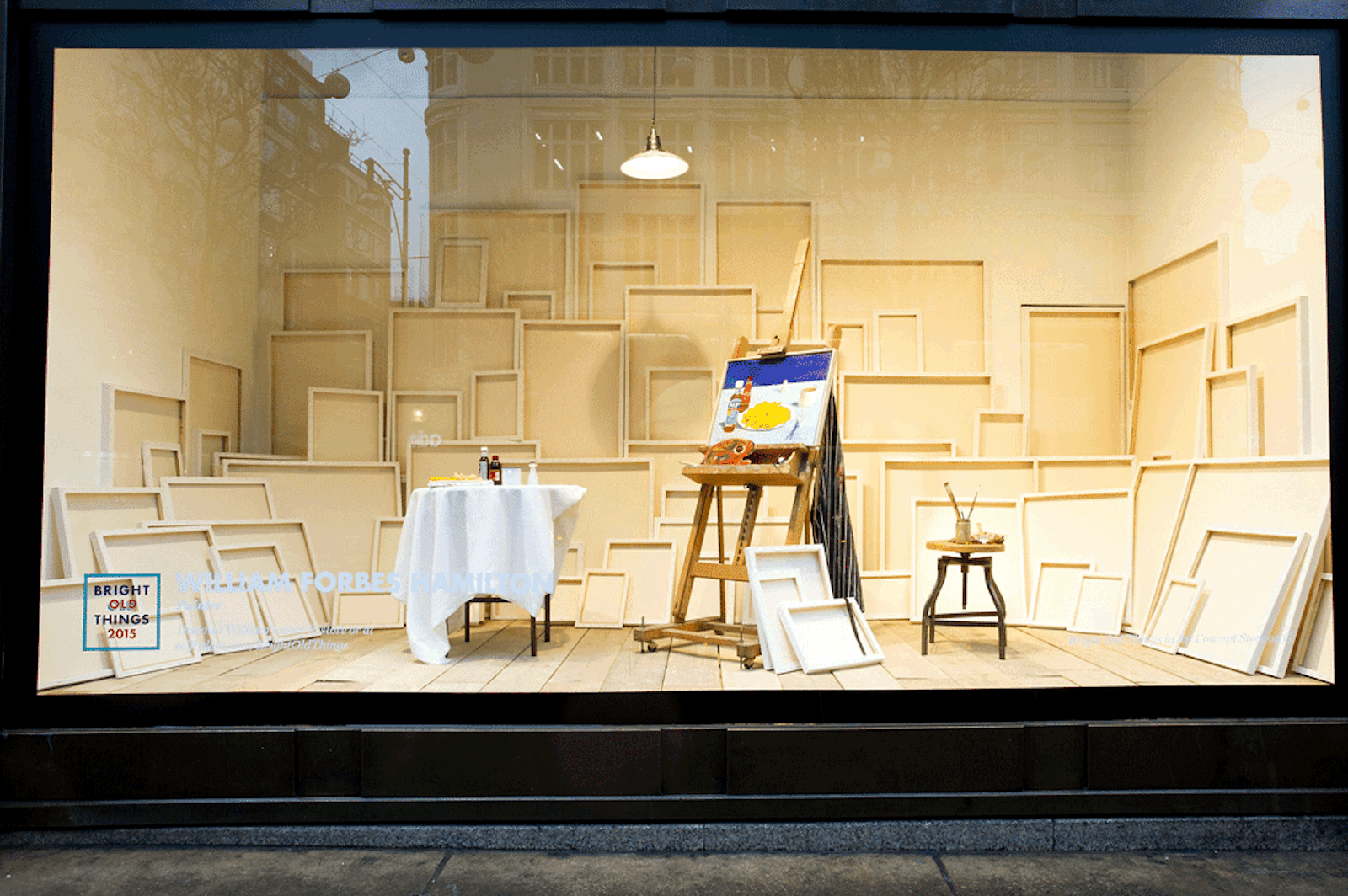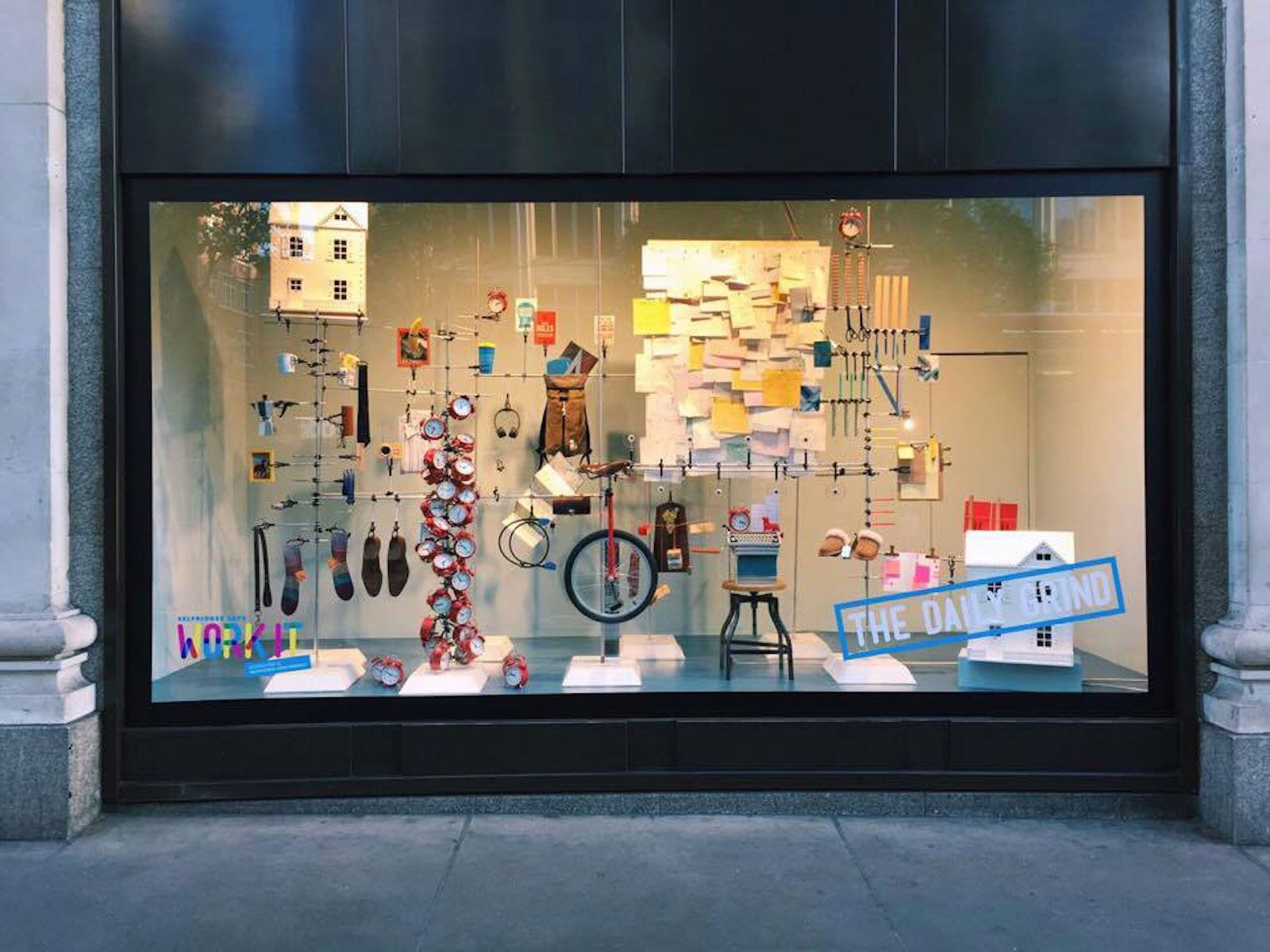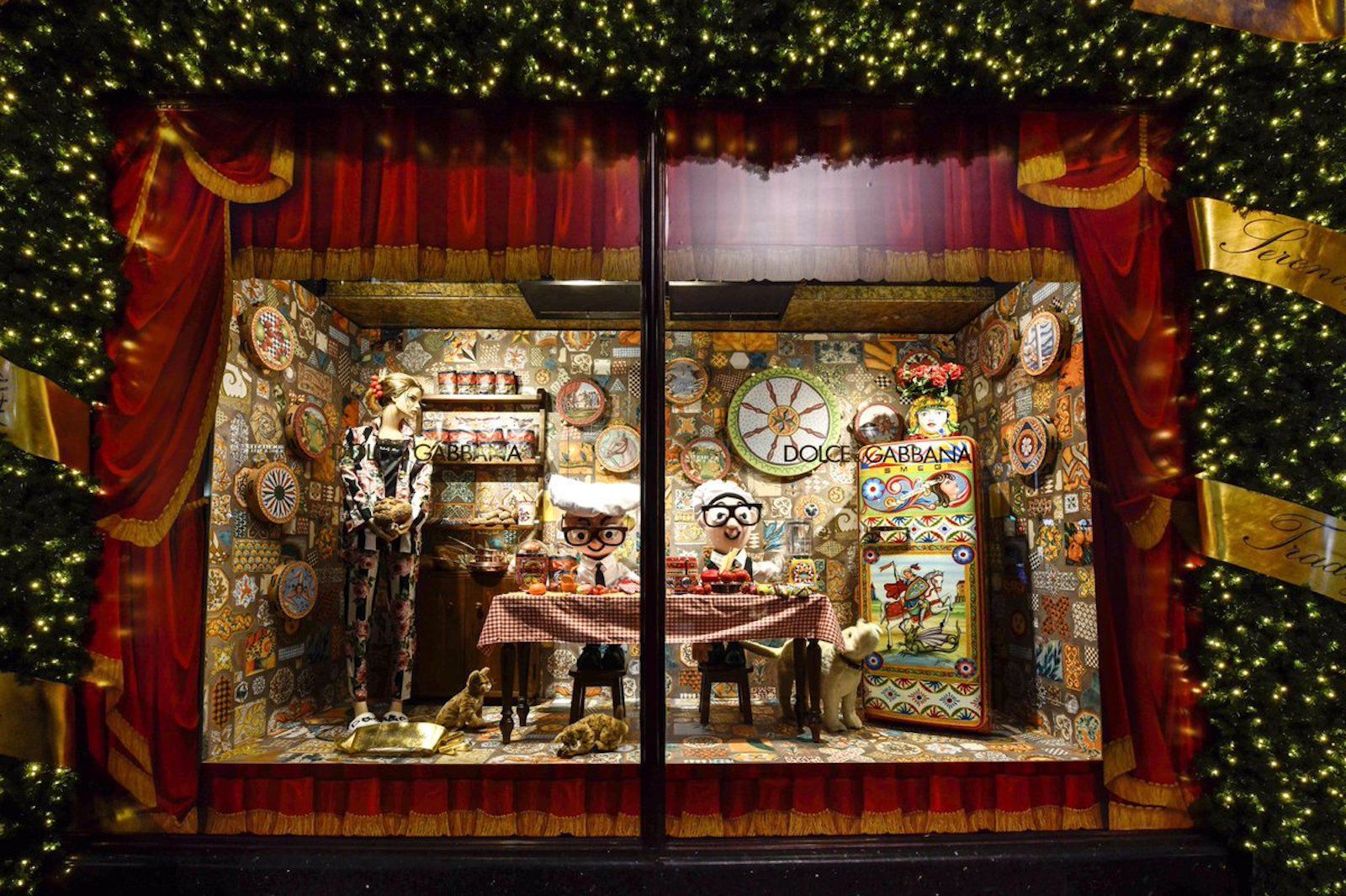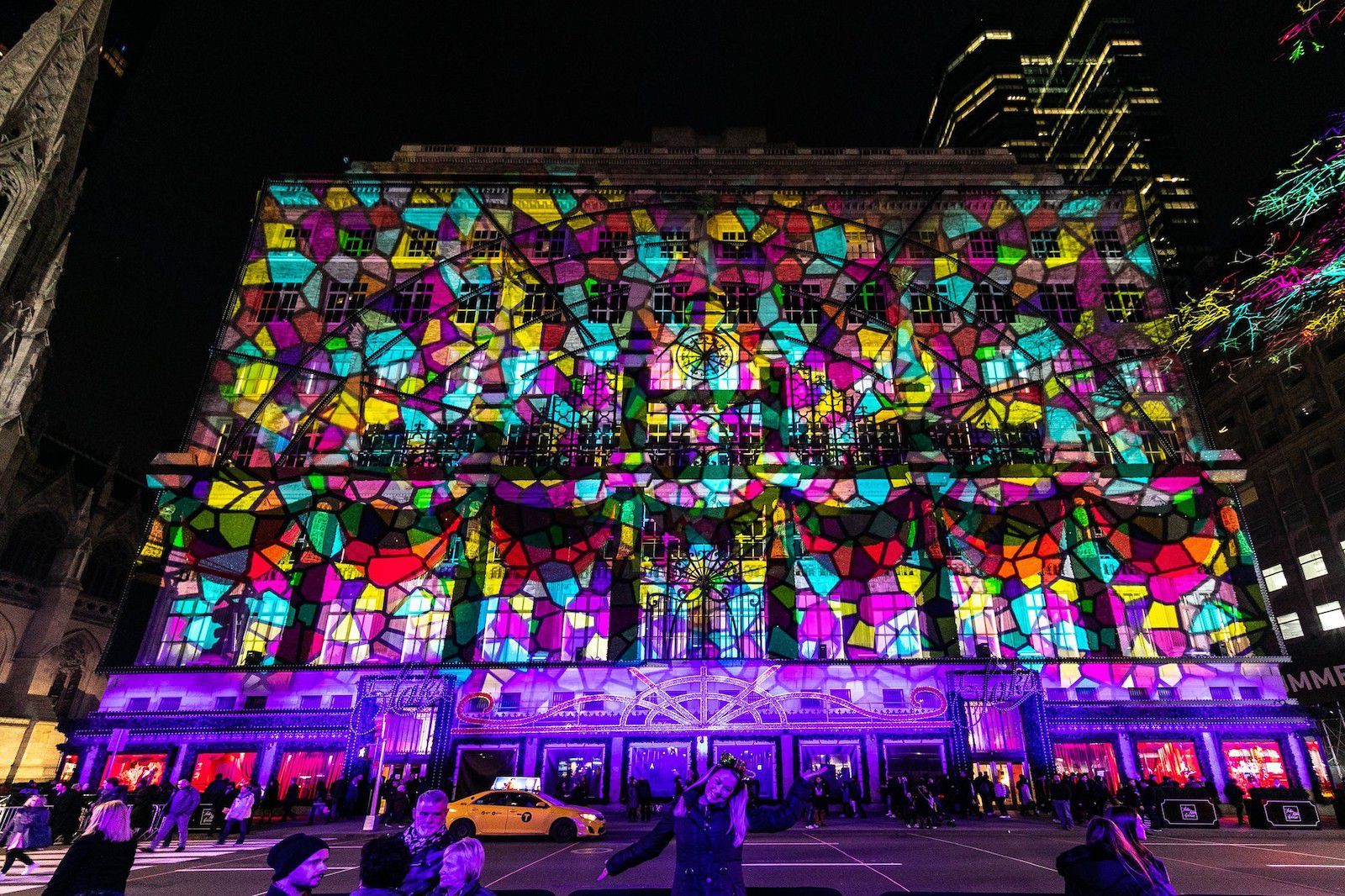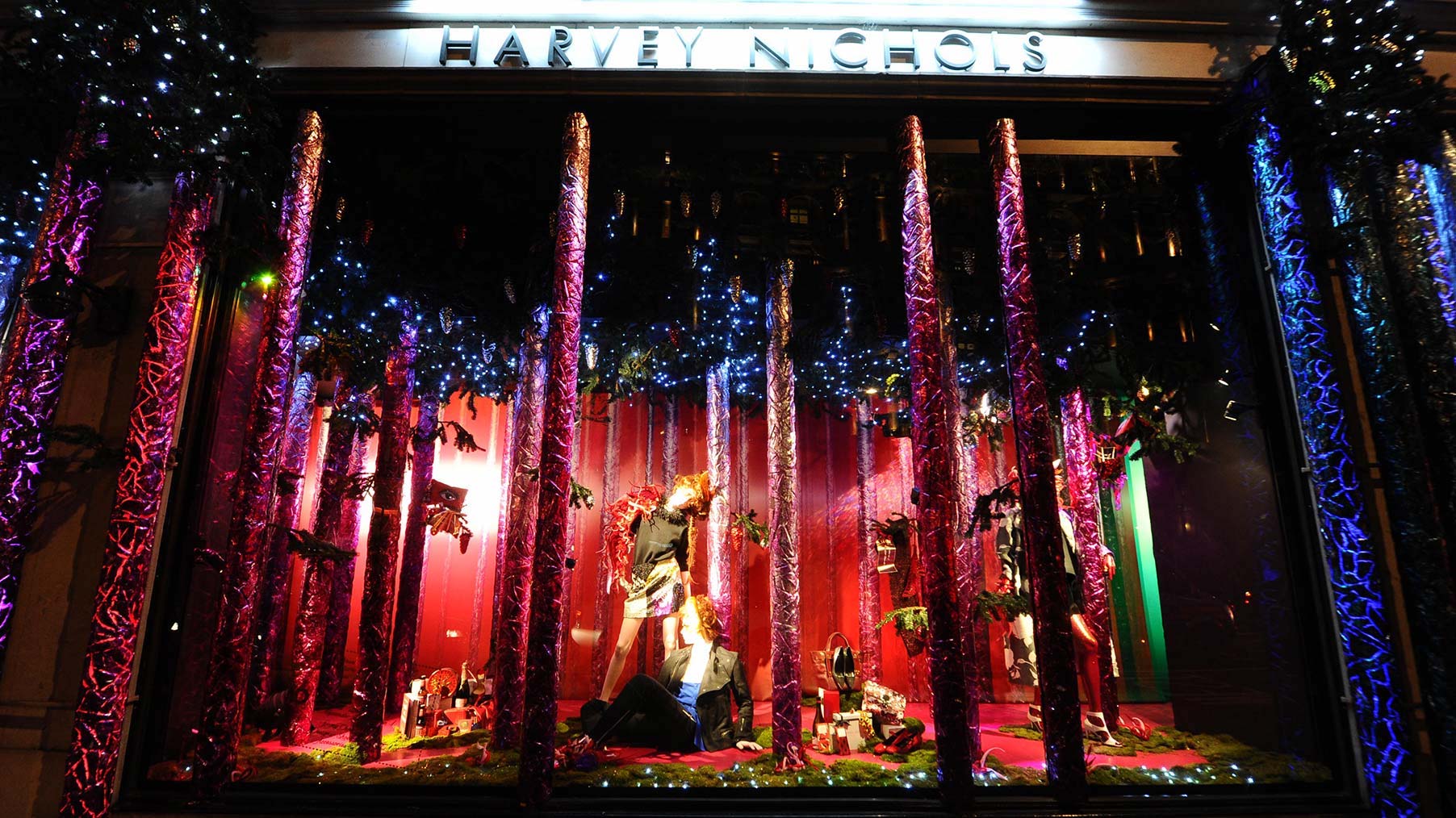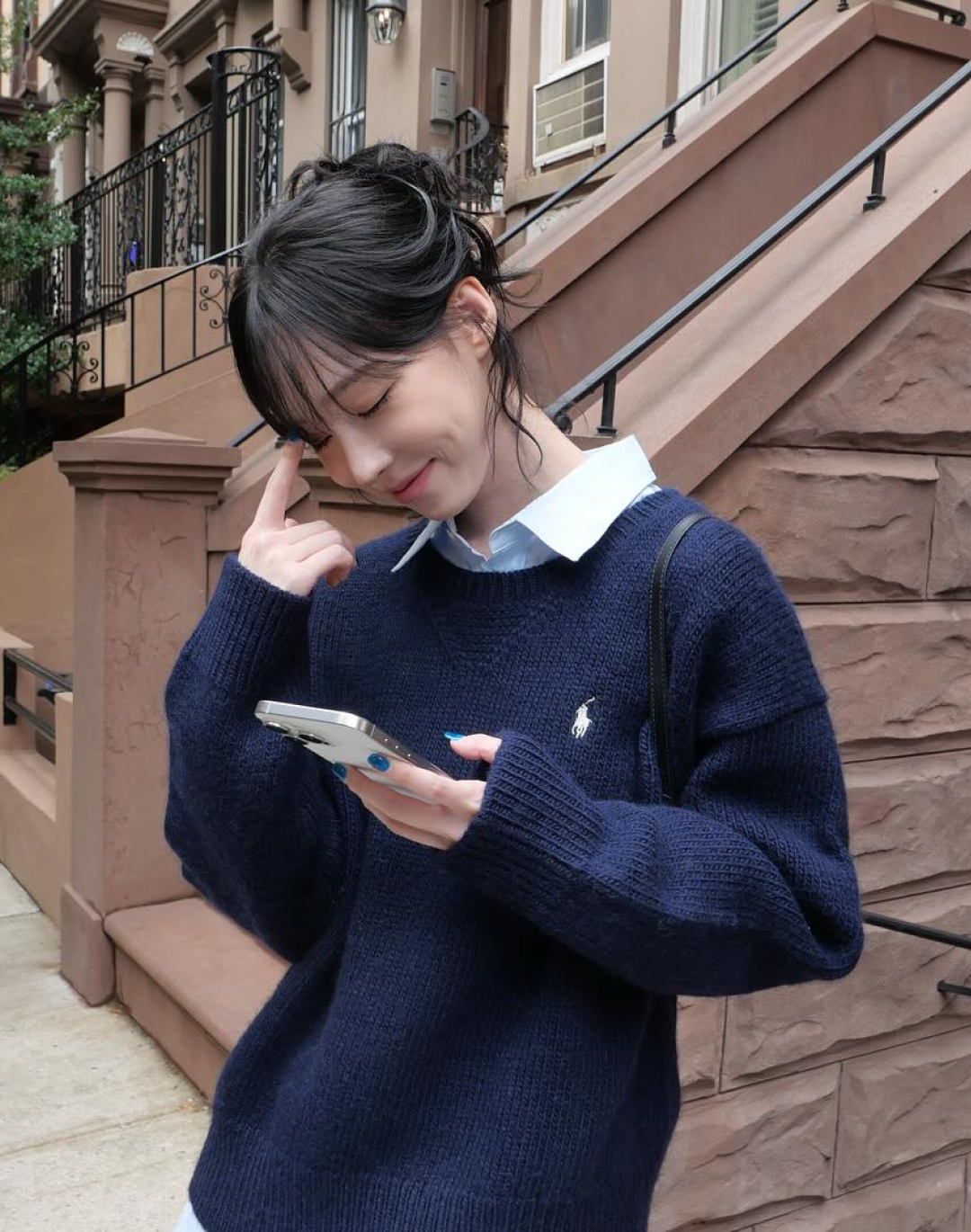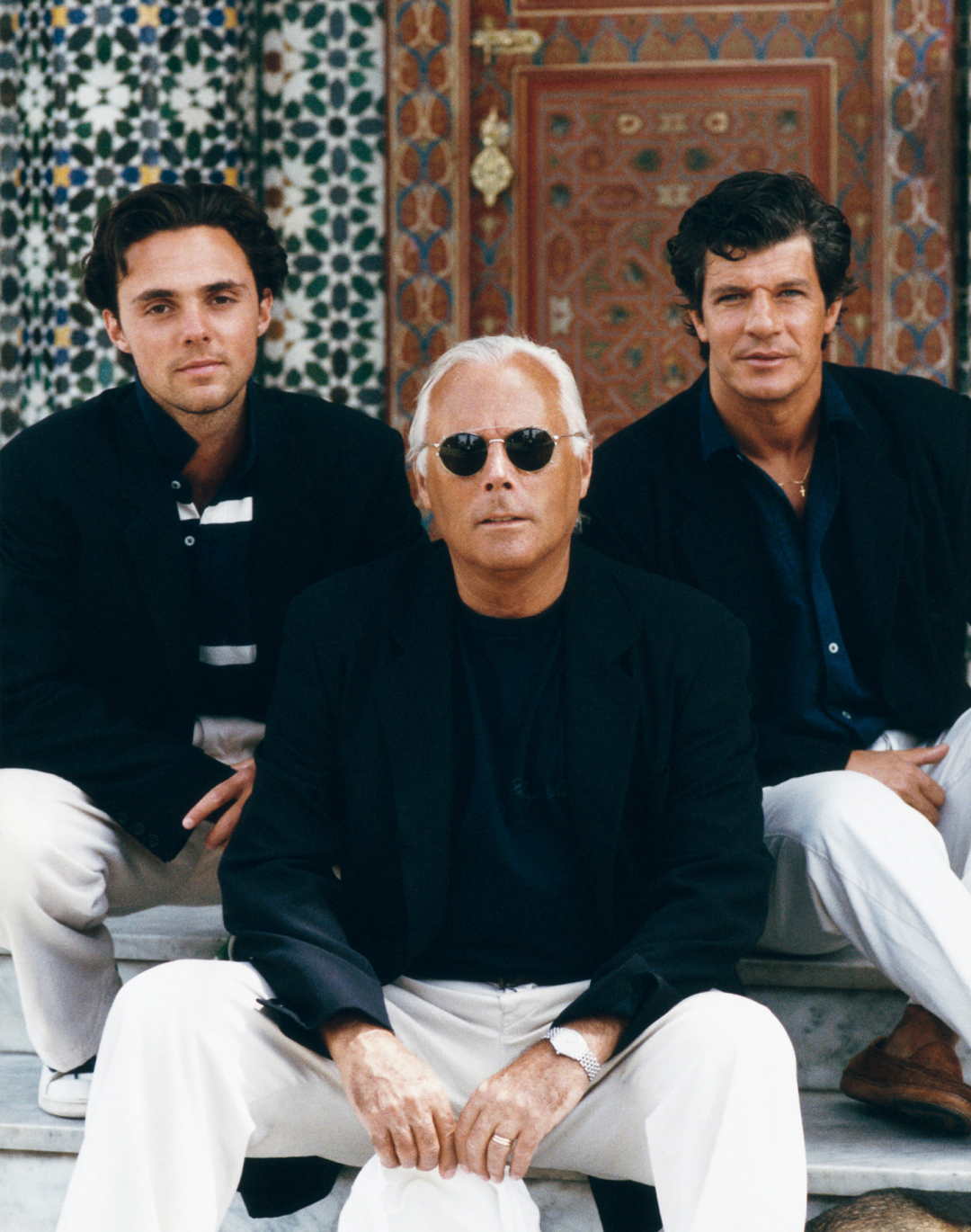
The Christmas windows, creativity and lights that change the cities Art installations along the streets, story of a tourist destination
Christmas is the biggest season in retail and, even more than in other time of the year, the stores try to magnetize costumers. What helps to do this are the windows, which reach the highest moment for imagination and fantasy during this period. The show set up along the streets becomes a tourist destination for many families, but also an important and useful investment for the department store. Those that are real theatrical sets are quite modern, and, in the development of large retailers, has formed important figures in the fashion world, such as Giorgio Armani, and seen the collaboration of artists like Salvador Dalì. From Harrod's to La Rinascente in Milan, the scenography of the city changes thanks to the windows, at Christmas more than in any other time of the year.
American department stores were created in the mid-1800s and the windows have increased at the end of the century, to coincide with the development of the American glass industry, which made them more available to retailers. Rowland Hussey Macy, the founder of the American department store chain Macy's, is said to have originated the holiday window display in 1874, and before L. Frank Baum published “The Wonderful Wizard of Oz” in 1900, he published “Show Window” in 1897, the trade paper of window dressing. He also founded the National Association of Window Trimmers of America.
Giorgio Armani began his career as a window dresser at La Rinascente, a great forge of professionist in the sector between the '70s and' 80s, under the direction of Giorgio Pulici. Armani started experimenting with the style that will be his personal design style. Also Ralph Lauren worked as a salesman in the Brooks Brother's store in New York. On the other hand, the craft class is still one of the main Italian value in the fashion world.
The visuals merchandisers are a respected professional figure in the industry, obviously, the requirements between luxury and fast fashion shops are different, they must also create an internal condition that leads to an independent buying experience, with.
The artistic component required for the Christmas windows has involved in history some of those who are very important artists. In 1939, Salvador Dalí spooked shoppers with a surreal presentation of a mannequin bathing in a lambskin-lined bathtub and another roasting on a bed of coals. The store tried to take it down, and Dalí broke a window in rage. Other great artists worked for department stores, for example, Robert Rauschenberg and Jasper Jones, but also the king of Pop Art, Andy Warhol. Everyone worked for Gene Moore, the "father" of the 20th-century windows, between Tiffany & Co. and the Bonwit Teller, the large department store razed to the ground to build the Trump Tower.
In American culture, in particular, the windows are for the citizens a tourist destination, to be visited during the holidays, or in many cases a family tradition, like discovering the new Rockefeller Center's tree or the Saks' windows display, on the 5th Avenue in Manhattan. For shopkeepers, the windows are one of the largest investments planned for the entire calendar year. The amount of resources deployed to set up what are real artistic installations is very high, but necessary, considering that it is where will fall the eyes of all the bystanders. At Christmas, the windows must adapt to the frenzy of the holiday and the redundancy of decorations on the streets. The shop spreading its lights and project itself outwards, it is not the products that attract, but rather the themes and the ability demonstrated in setting up the set, which creates a unique atmosphere. An entertainment even for those who are not willing to enter the shops.
This practice is much more evident for department stores rather than small stores. The biggest shops, during the holidays, start a real competition between them for those who propose the most elaborate and artistic windows.
The in-store experience in this particular period of the year returns to have a leading role, also thanks to the good vibes on the streets. Mastercard’s SpendingPulse, which tracks consumer spending across all payment types in markets around the world, is predicting a 5 percent growth in total retail sales (and a 20 percent growth in e-commerce sales) over last year.
At Bloomingdale’s, the windows on Lexington Avenue have been given over to a holiday partnership with the Grinch, which appears in the window in an interactive screen, in which the passers-by face is projected, but which also allows singing Christmas songs in that is a real karaoke. The initiative is not as trivial and joking as it seems, but rather helps the store owners to get the data of how many people pass in front of the store and those who stop to look at the windows, an important statistic to program the marketing strategies each year.
The constant challenge is in the materials choices, Bergdorf Goodies in New York has created a window entirely made of licorice, Harrod's in London has once again exhibited its glitzy elegance, as well as Harvey Nichols. At La Fayette in Paris, the protagonist is the big four-storey tall tree placed in the store's hall. La Rinascente in Milan also has a great tradition of windows, cooperated with important artists, but the façade entirely cover by lights is the reason why you can feel this atmosphere only in Christmas.
When there was no Instagram or Twitter to launch immediate images or messages, the windows were one of the ways by which certain types of messages could be communicated. In the 1980s and 1990s, at Barneys, Simon Doonan, displays provocative scenes, like a nativity scene that made references to Madonna the pop star rather than the biblical virgin. The installation was obviously removed after protests organized by Catholic activists.











































